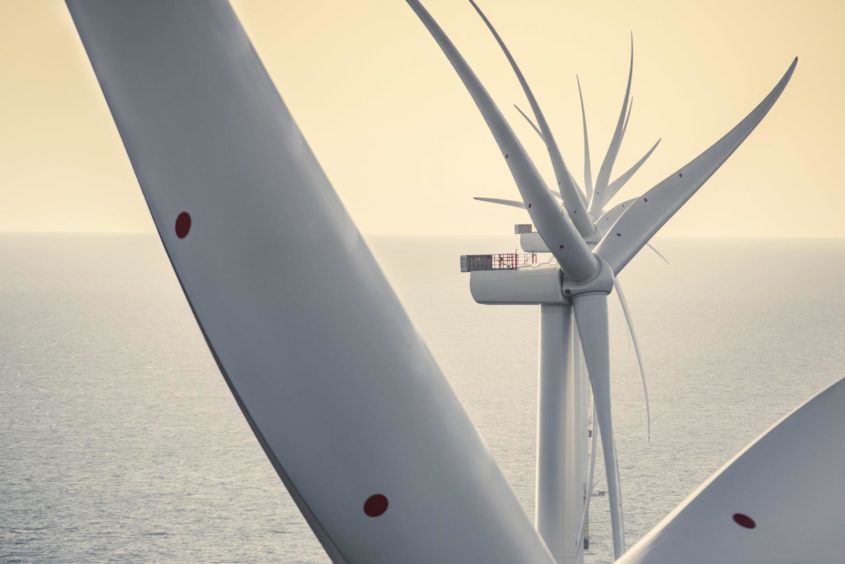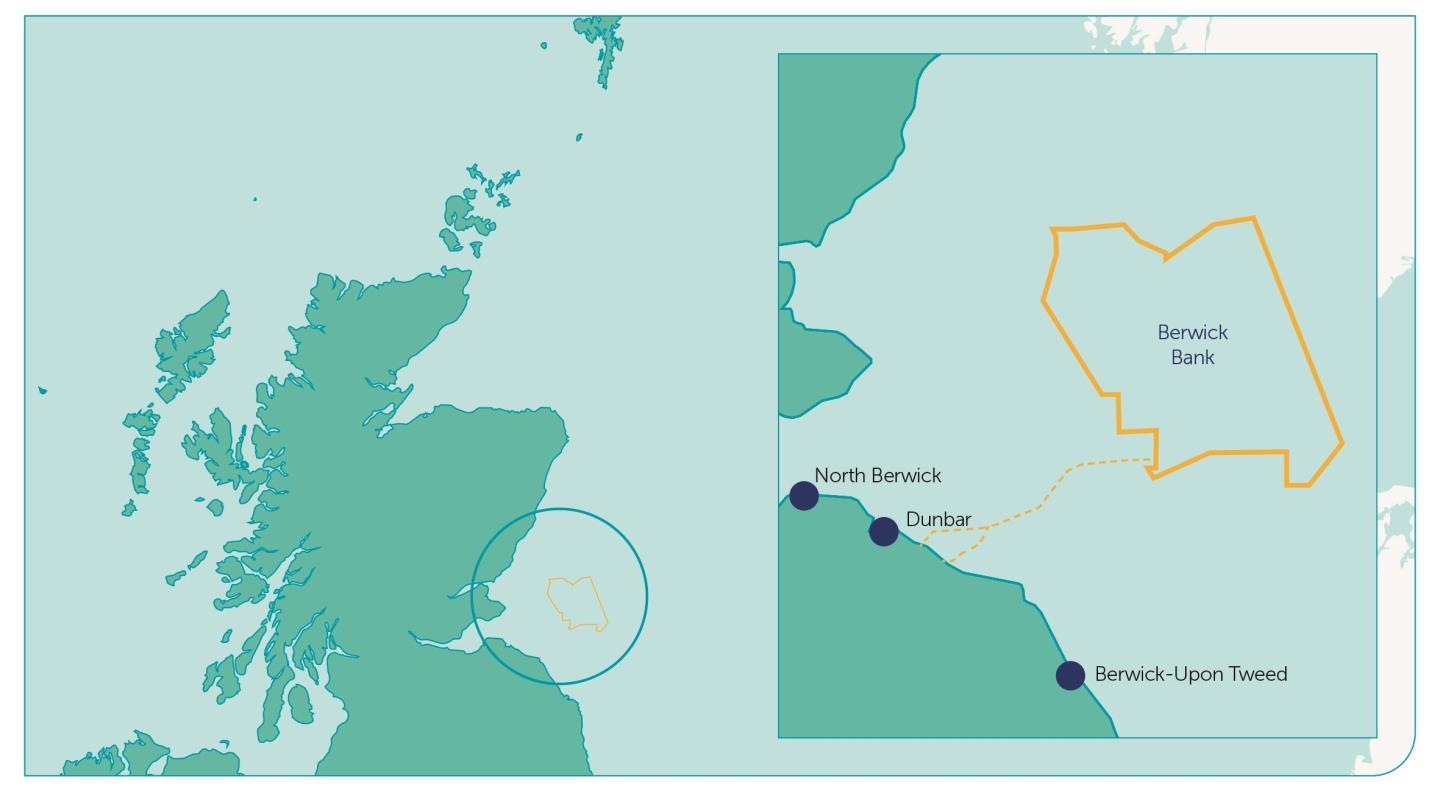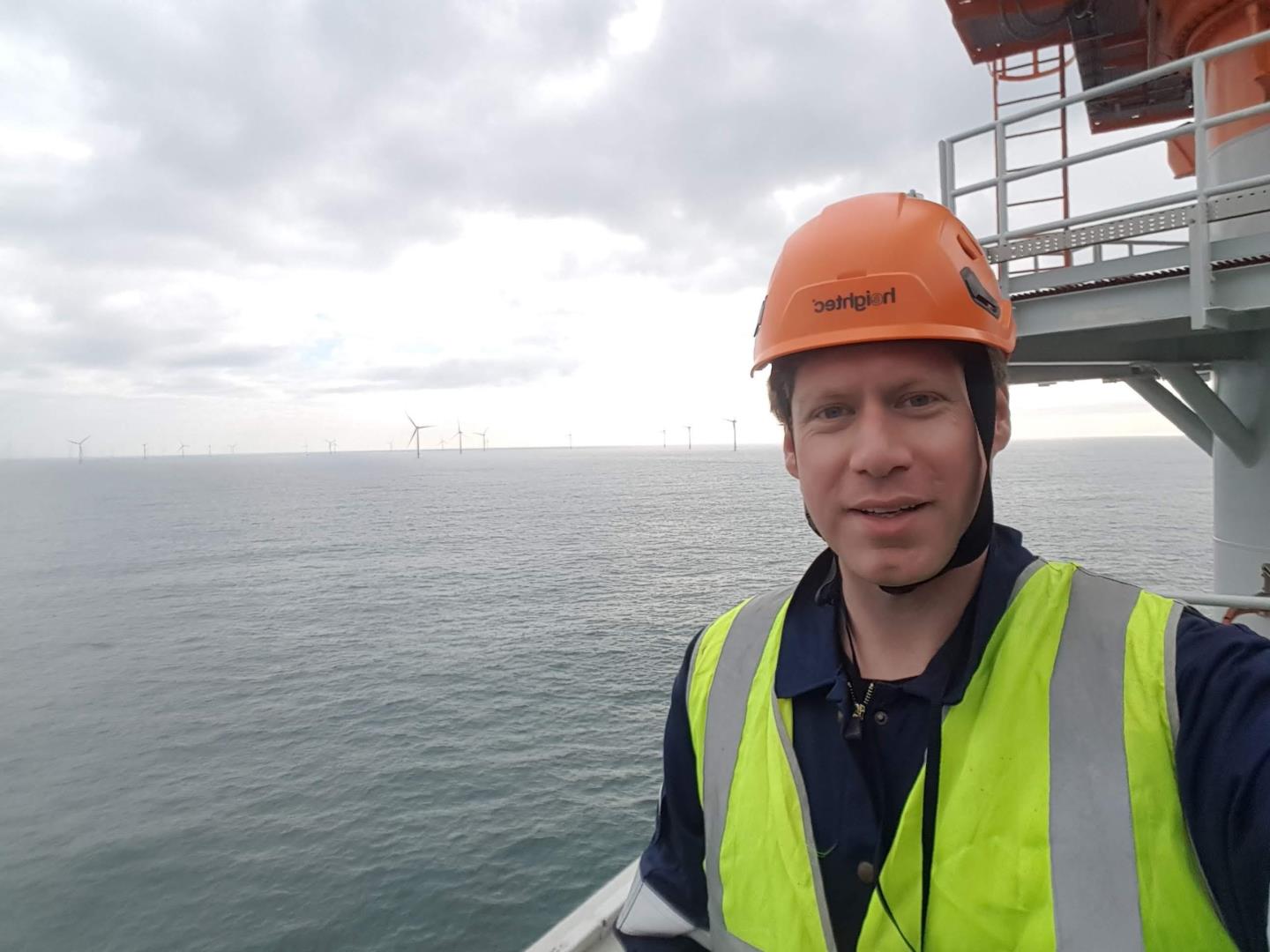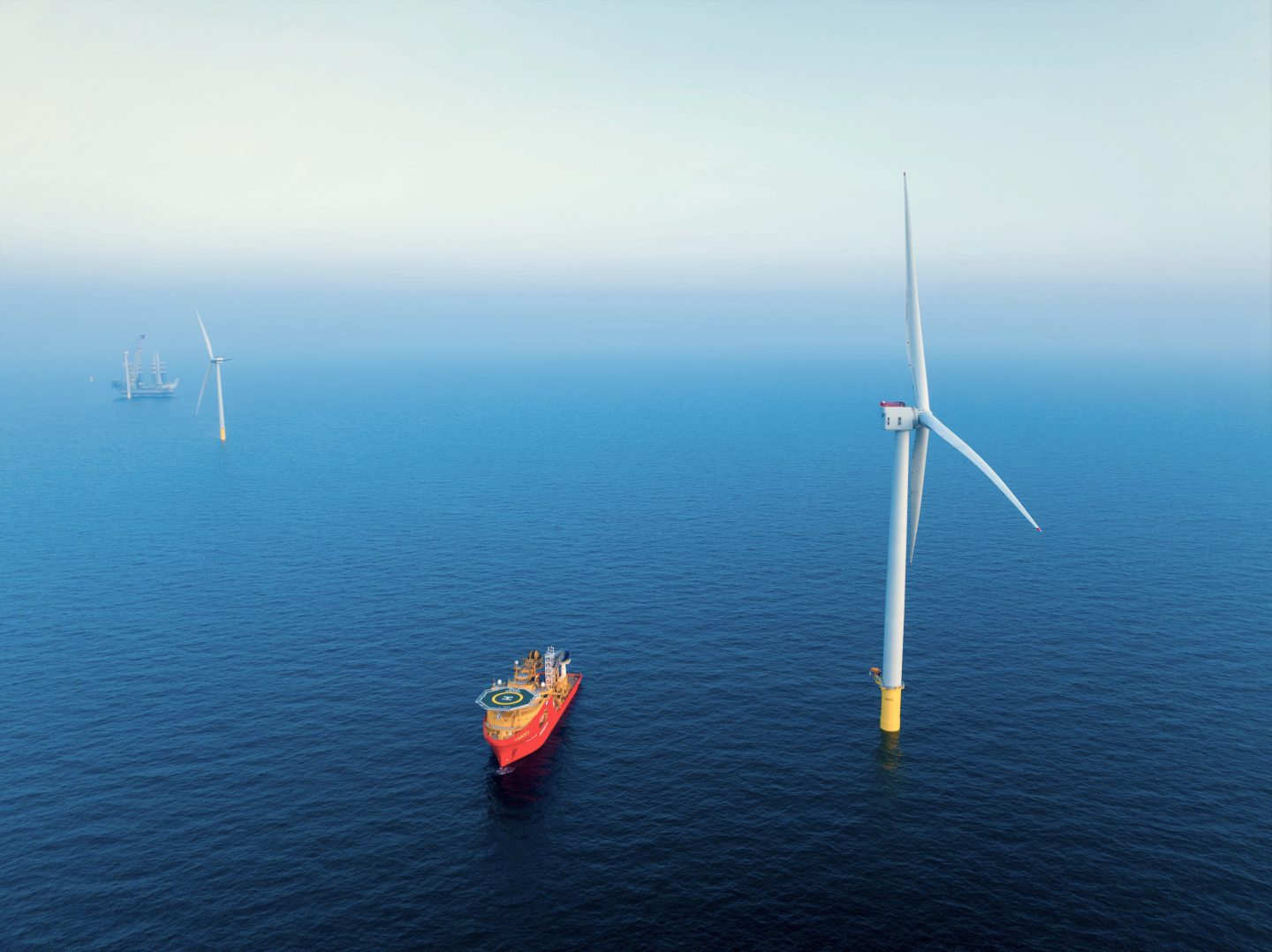
While the UK offshore wind sector breathed a sigh of relief after the latest renewables auction, frustration is mounting over delays at Scotland’s Berwick Bank project.
Nine offshore wind farms secured funding as part of the latest Contracts for Difference (CfD) auction, but Europe’s largest planned wind farm was notably absent.
The SSE Renewables Berwick Bank project missed the application deadline for the sixth allocation round (AR6) after Scottish ministers failed to give approval in time.
Located in the outer Firth of Forth, at 4.1 GW Berwick Bank is the third largest planned wind farm in the world and is set to eclipse Dogger Bank once complete.
SSE estimates the project will create more than 5,000 jobs, but it has attracted opposition from conservation groups over the potential impact on seabirds.
That, alongside the massive scale of the project, has meant Berwick Bank’s consent application has been with the Scottish government for close to two years.
This week, newly elected Labour MP for Edinburgh North and Leith, Tracy Gilbert, called on energy secretary Ed Miliband to push Scottish ministers for progress.
Berwick Bank delays
Berwick Bank project director Alex Meredith said the 20 month wait for consent is equal to the entire build phase for Seagreen, Scotland’s current biggest wind farm.
Meredith said approval for Berwick Bank would support lagging progress on meeting the UK’s 2030 offshore wind targets and unlock billions of pounds of investment.
“I have seen firsthand, in Tracy’s constituency, and beyond, how delays like this translate to stymied investment,” he said.
“There are major new supply chain facilities crawling forward when they could be flying ahead, creating thousands of jobs right now.
“That’s frustrating for everyone, including politicians, but the tools to accelerate growth through investment lie in their hands – deliver faster consent decisions and CfD auctions sized to match the 2030 targets and investment, jobs and growth will rapidly follow.”
Meredith said offshore wind projects “cannot be built and jobs can’t be created on ambitions, targets and mission statements alone”.
“Decisions and actions create the certainty needed to accelerate growth,” he said.
“While AR6 was a small step forward, governments need to focus on bringing certainty to the UK pipeline by focusing on consents, particularly Berwick Bank to achieve their ultimate objective – delivery.”
Offshore wind consenting issues
SSE chief executive Alistair Phillips-Davies echoed the frustrations over consenting delays in an interview on BBC Radio 4.
Phillips-Davies called for statutory timeframes to be put in place for major projects like Berwick Bank.
“Surely we can get all these things done in 12 months,” he said.
“If we’ve got this real imperative, and the prime minister talks about taking the brakes off growth in energy, we’ve got the ability, and indeed the need, to hit the accelerator on growth, just by sorting some of these planning consenting issues out.
“The money’s there and the mechanisms are there to get this investment put in, create lots of good jobs and create actually better energy, homegrown energy, that avoids importing expensive gas in the future.”
Phillips-Davies pointed to consent decisions for three major solar projects in England issued within weeks of Labour taking power as an example of what is needed.
“We don’t have time to hang around here if we’re going to try and meet these critical 2030 government targets,” he said.
Planning overhaul
Since taking office, Labour has promised to deliver a major overhaul to the UK planning system to speed up the building of energy infrastructure.
It comes after the 2023 Winser report called for “vital” reforms to consenting in Scotland to ensure enough transmission can be built to accommodate wind generation.
In April, the Scottish government said it would continue to engage with SSE on its consent application for Berwick Bank.
Small Business Minister Richard Lochhead said that the wind farm “is a majorly significant project for Scotland and we will continue to work with the applicant”.
The minister was responding to questions from MSP for Edinburgh Central Sarah Boyack, who asked Lochhead what the Scottish Government is doing to reduce consenting application timescales.
He noted that since Berwick Bank is a complex project, “any decision by the Scottish Ministers must fully consider both the positive contribution to net zero targets alongside the possible impact to the natural environment and other users of the sea”.
He added that “these are extremely important issues, we don’t want to get this wrong, every application has to be assessed properly and that’s why there is a proper process in place”.
Scotland has around 19 offshore wind projects currently in development, representing 31.5 GW of potential capacity.
Scottish government consenting
In response to questions from Energy Voice, a Scottish government spokesperson said:
“The Scottish Government is determined to unlock the enormous potential of our offshore wind potential which is why we are investing up to £500m in our offshore wind supply chain over five years.
“Following consultation on improvements to offshore consenting processes, we are streamlining the process by emphasising pre-application engagement and removing procedural duplication.
“Guidance to reduce overall and post – consent administrative timeframes is also being developed.”
The spokesperson said the Scottish government is also collaborating with Westminster and other devolved administrations on reforms under the Energy Act 2023.
“This includes development of new policy, guidance and secondary legislation to implement an improved approach to addressing the environmental impacts of offshore wind development,” the spokesperson said.
“More broadly the Scottish Government is also continuing to work with UK Government on its review of Scottish Consenting, which was a result of recommendations raised by the Electricity Network Commissioner, Nick Winser, in October 2023.
“This workstream aims to modernise the Scottish Consenting regime through potential upgrades to the Electricity Act 1989.”

 © Supplied by SSE Renewables
© Supplied by SSE Renewables © Supplied by SSE Renewables
© Supplied by SSE Renewables © Supplied by SSE
© Supplied by SSE © Supplied by SSE
© Supplied by SSE